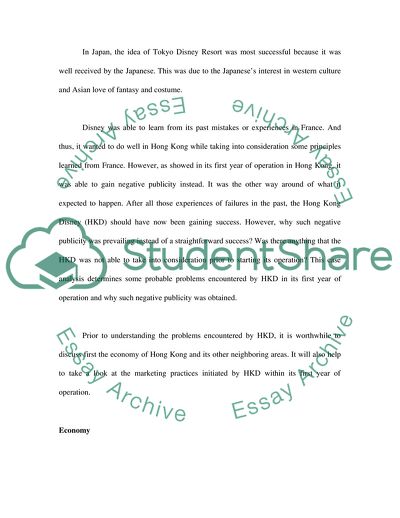Cite this document
(International Business Marketing: Hong Kong Disneyland Case Study, n.d.)
International Business Marketing: Hong Kong Disneyland Case Study. Retrieved from https://studentshare.org/marketing/1725730-international-business-marketing-case-analysis
International Business Marketing: Hong Kong Disneyland Case Study. Retrieved from https://studentshare.org/marketing/1725730-international-business-marketing-case-analysis
(International Business Marketing: Hong Kong Disneyland Case Study)
International Business Marketing: Hong Kong Disneyland Case Study. https://studentshare.org/marketing/1725730-international-business-marketing-case-analysis.
International Business Marketing: Hong Kong Disneyland Case Study. https://studentshare.org/marketing/1725730-international-business-marketing-case-analysis.
“International Business Marketing: Hong Kong Disneyland Case Study”. https://studentshare.org/marketing/1725730-international-business-marketing-case-analysis.


